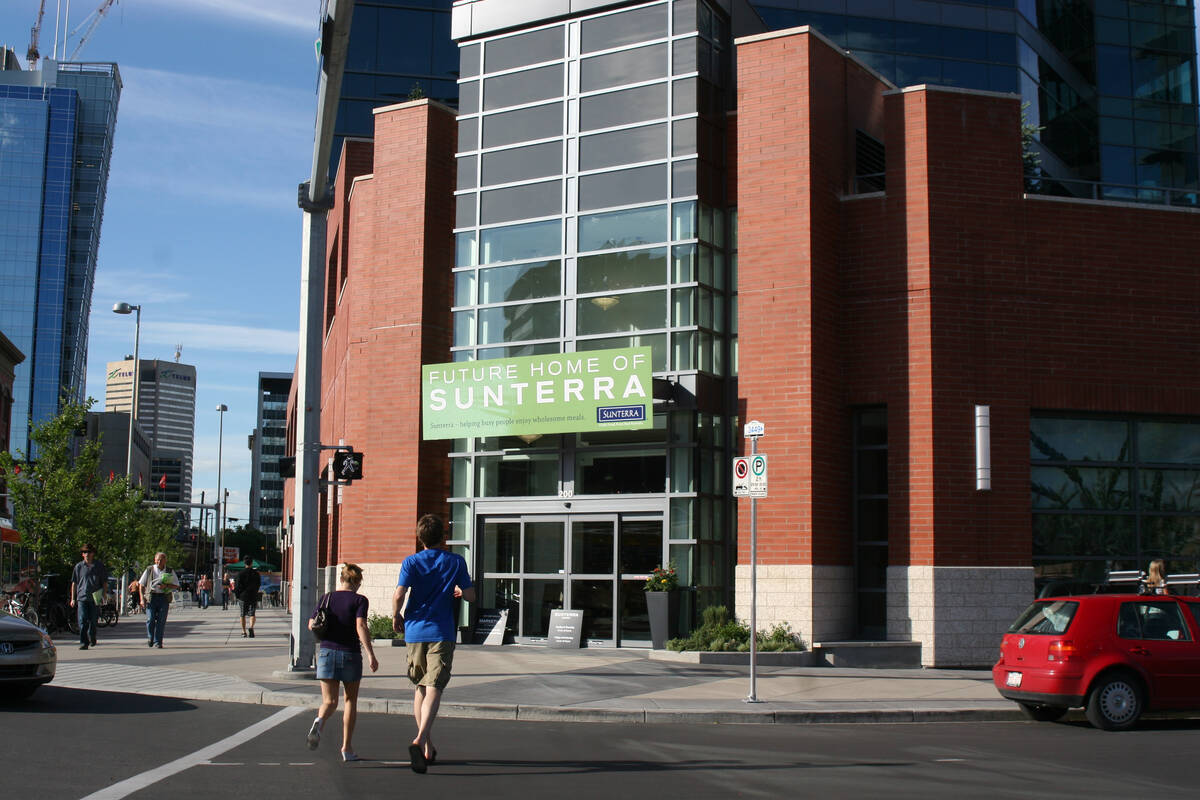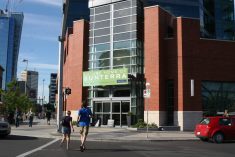A big disconnect between city dwellers and agricultural producers could be resolved with urban agriculture, said a member of the Toronto Food Policy Council.
June Komisar, an architect and professor in architectural science, explores how municipalities can find new ways for residents to create fresh, local food in the book,Carrot City: Creating Places for Urban Agriculture,co-written by Ryerson University professors Komisar, Joe Nsar and Mark Gorgolewski.
“I think the lack of necessity to grow food was brought on by things like better refrigeration and better transportation. These allowed large processors to bring things in from far away and people could buy things less frequently because it would stay fresh longer,” said Komisar.
Read Also

Sunterra companies continue restructuring under court protection
Claims against Sunterra Group have now been filed as the Alberta-based companies continue operating under the Companies’ Creditors Arrangement Act.
She expressed concern about “food deserts” in large cities, where there are no grocery stores within walking distance. Residents can’t access fresh food and must use transportation or buy less nutritious choices from convenience stores.
“Farmers’ markets and urban agriculture all around these highrise towers are seen as one possible way to mitigate some of the problems with food deserts. It doesn’t solve all the problems, but it starts to provide fresh food to people who are really far away from accessing it,” she said.
Urban agriculture can transform the landscape and architecture of a city and create places for food production to take place by tucking greenhouses under highway overpasses, creating front yard vegetable gardens to maximize space and building sustainable rooftop gardens on schools and apartment buildings.
“Instead of thinking of urban and agriculture as either-or, we should be thinking about it as both-and. It’s not like we can have only farmland or only housing,” Komisar said.
This innovative thinking is showcased in both the book and a related travelling exhibit that presents new ideas on how to better connect cities with their food sources.
“Everyone seems to be incredibly delighted with the exhibition. Our receptions are completely overflowing with people,” she said.
Vancouver wants to bring it there, but funding is required to bring chicken coops, greenhouses and home composters as examples of urban agriculture.
“The exhibit is hands on and we like it that way,” Komisar said.
Bylaws in Saskatoon currently prohibit chickens within city limits, but British Columbia communities like Burnaby and Victoria allow backyard flocks, with some restrictions.
Recently, officials passed beekeeping legislation that allowed rooftop beehives in New York City, and since then, a lucrative new industry of local honey has sprung up.
Komisar said urban agriculture advocates are concerned about farmers with prime land near large cities being bought out by developers.
“Their farmland is being lost, but there are some urban planners who are trying to look at having both suburban development and farmland together. For farmers who are very close to the city, it might be a very compelling idea for them. They’re sort of combining farmland and suburban development.”
Prairie Crossing, a farming subdivision north of Chicago, was designed to combine land preservation, easy commuting by rail and sustainable development practices.














